Purple Leaf Tea Olive (Osmanthus Heterophyllus ‘Purpurea’) – 2 Gallon Pot
$63.85 Original price was: $63.85.$44.70Current price is: $44.70.
SKU: D2LSC 0811909482 Category: FRAGRANT PLANTS
- Experience the difference quality makes.
- Buy with Peace of Mind
- Free Shipping, No Compromise on Quality
- High quality products, hassle-free returns.

Purple Leaf Tea Olive
Osmanthus heterophyllus ‘Purpureus’
Other Names: Purple-Leaf False Holly, Purple Leaf Osmanthus, Purple Leaf Sweet Olive
Plant Details
USDA Plant Hardiness Zones: 6a-9b Find Your Zone
Plant Type: Evergreen Shrub or Small Tree
Height at Maturity: 8-15′ depending on pruning
Width at Maturity: 6-10′ depending on pruning
Spacing: 6′ for solid hedges; 14′ or more for space between plants
Flower Color: White
Flower Size: Small in clusters
Flowering Period: Fall
Flower Type: Single
Fragrant Flowers: Yes, very fragrant
Foliage Color: Dark Green with Deep Purple new growth!
Fragrant Foliage: No
Berries: No
Berry Color: NA
Sun Needs: Full Sun or Part Shade; minimum 4 hours of sunlight per day
Water Needs: Average; Low when established
Soil Type: Clay (amend heavy clay to ensure good drainage), Loam, Sandy, Silt
Soil Moisture / Drainage: Moist But Well Drained; drought tolerant when established
Soil pH: 5.5 – 7.5 (Moderately Acid to Slightly Alkaline)
Maintenance / Care: Low
Attracts: Birds, Visual Attention
Resistances: Deer – more info, Drought (when established), Heat, Humidity, Insect
Description
Extremely tough, versatile and handsome, and with lots of sensory appeal for the eyes and the nose, the Purple Leaf Tea Olive, Osmanthus heterophyllus ‘Purpureus’ wows in spring with remarkable new growth that emerges a striking deep purple. The holly-like leaves mature to a deep green with subsequent flushes of the purple new growth throughout the growing season as well. In mid to late fall, abundant clusters of intoxicatingly fragrant white flowers can fill a small to medium size backyard with heavenly sweet perfume. At 8 to 15 feet tall and 6 to 10 feet wide depending on pruning, the Purple Leaf Tea Olive makes for an excellent specimen or evergreen hedge or privacy screen or corner plant to frame homes and other buildings. As it grows taller, lower branches can be removed to form a highly attractive small tree. Very easy to grow with excellent cold hardiness (-5 to -10F) for a tea olive and drought tolerant when established.
Landscape & Garden Uses
Growing 8 to 15 feet tall and 6 to 10 feet wide, Purple Leaf Tea Olive can be grown as a large shrub or small tree. As a shrub it is ideal for use as a specimen in smaller garden spaces or in groupings or as a natural or clipped formal hedge in larger spaces. It is excellent to frame the corners of homes and other buildings. As the plant grows taller lower branches can be removed to form a highly attractive small tree perfect for use as a focal point specimen in landscape borders and home foundation plantings. Especially nice near patios and other outdoor living spaces where the fragrance of the flowers and the texture and color can be enjoyed from up close. A fine addition to fragrance gardens, purple theme gardens, bird gardens and Asian gardens.
Suggested Spacing: 6 feet apart for hedges; 14 feet for space between plants.
Growing Preferences
The Purple Leaf Tea Olive is easy to grow in most any moist but well-drained soil of average fertility and full sun to part shade. We suggest at least 4 hours of direct sunlight per day. As with so many ornamental evergreen shrubs, tea olives do not like wet feet. Constantly soggy or wet soils can be problematic. Maintenance is minimal; requiring little if any pruning. That said, the plant responds well to pruning to control size, for shaping purposes, or to tree form. Flowers occur on wood from the previous year so prune in late fall or winter right after flowering. We’ve seen no problems with pests and disease and it is very drought tolerant when established.
Helpful Articles
Click on a link below to find helpful advice from our experts on how to plant and care for Osmanthus and Tea Olive shrubs.
How To Plant A Tea Olive
How To Fertilize A Tea Olive
How To Prune Prune A Tea Olive Shrub Or Tree
Plant Long & Prosper!
Meet The Wilson Brothers & Staff
Questions? Contact Us
Be the first to review “Purple Leaf Tea Olive (Osmanthus Heterophyllus ‘Purpurea’) – 2 Gallon Pot” Cancel reply
Related products
Sale!
FRAGRANT PLANTS
Sale!
Sale!
FRAGRANT PLANTS
Sale!
FRAGRANT PLANTS
Sale!
FRAGRANT PLANTS
Sale!
FRAGRANT PLANTS
Sale!
FRAGRANT PLANTS
Sale!
FRAGRANT PLANTS
Simply Scentsational Sweetshrub (Calycanthus ) – 2 Gallon Pot




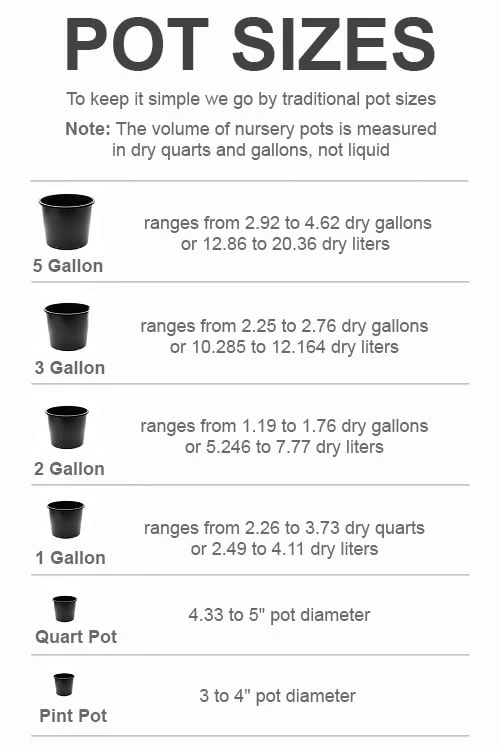


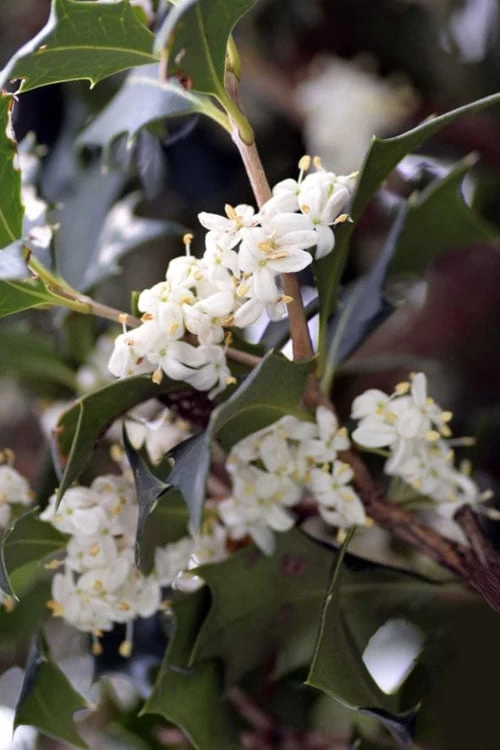
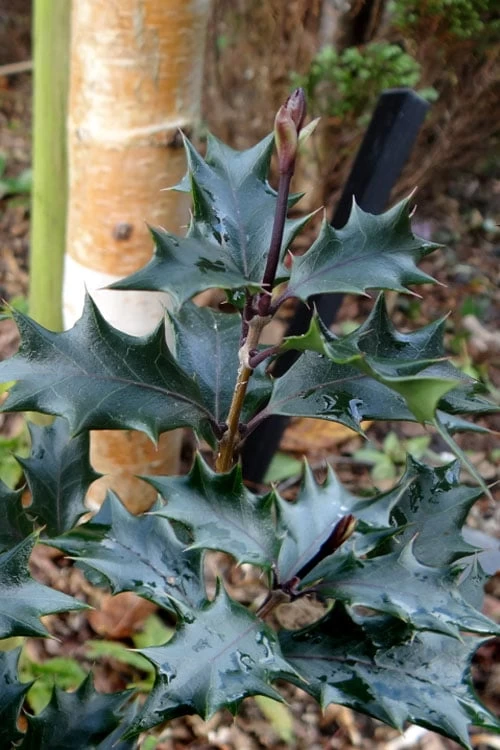
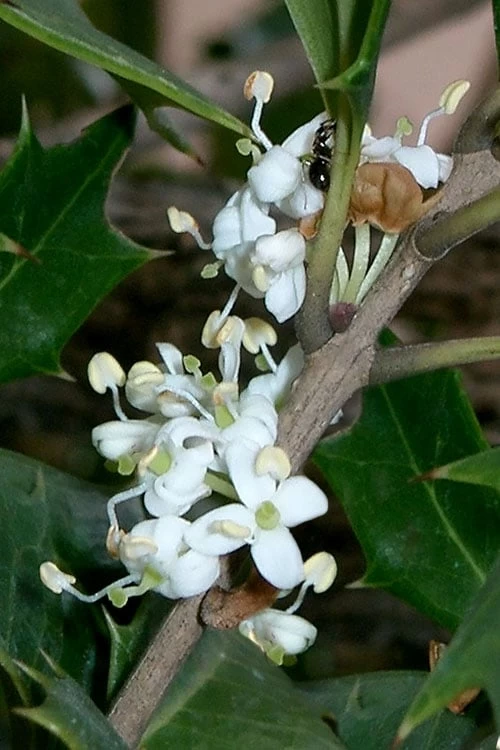



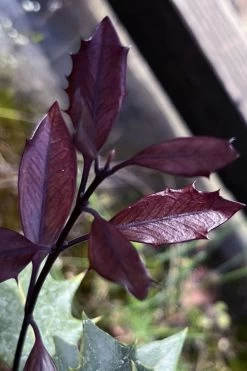

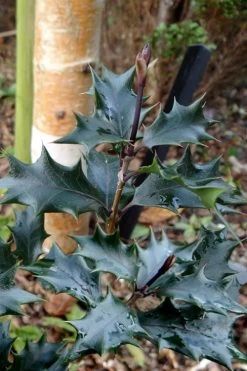
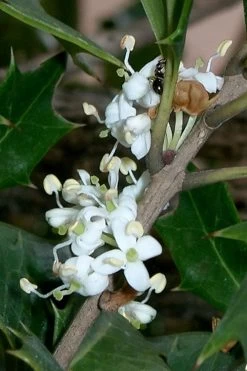



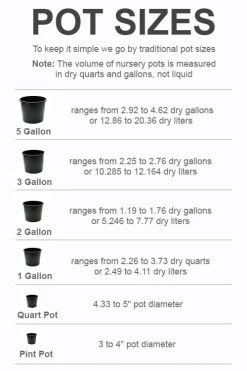

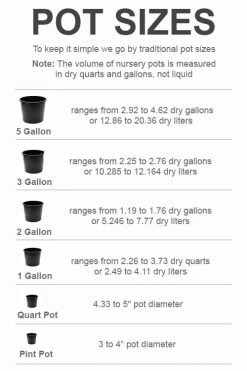



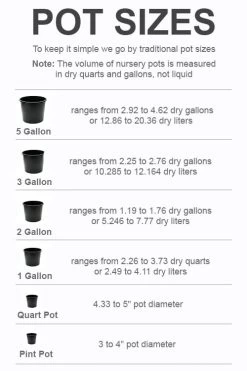

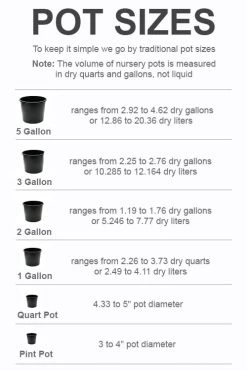

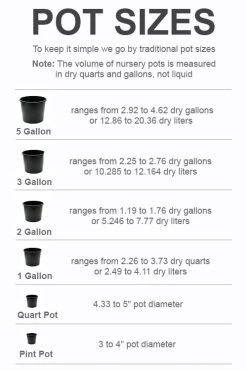


Reviews
There are no reviews yet.